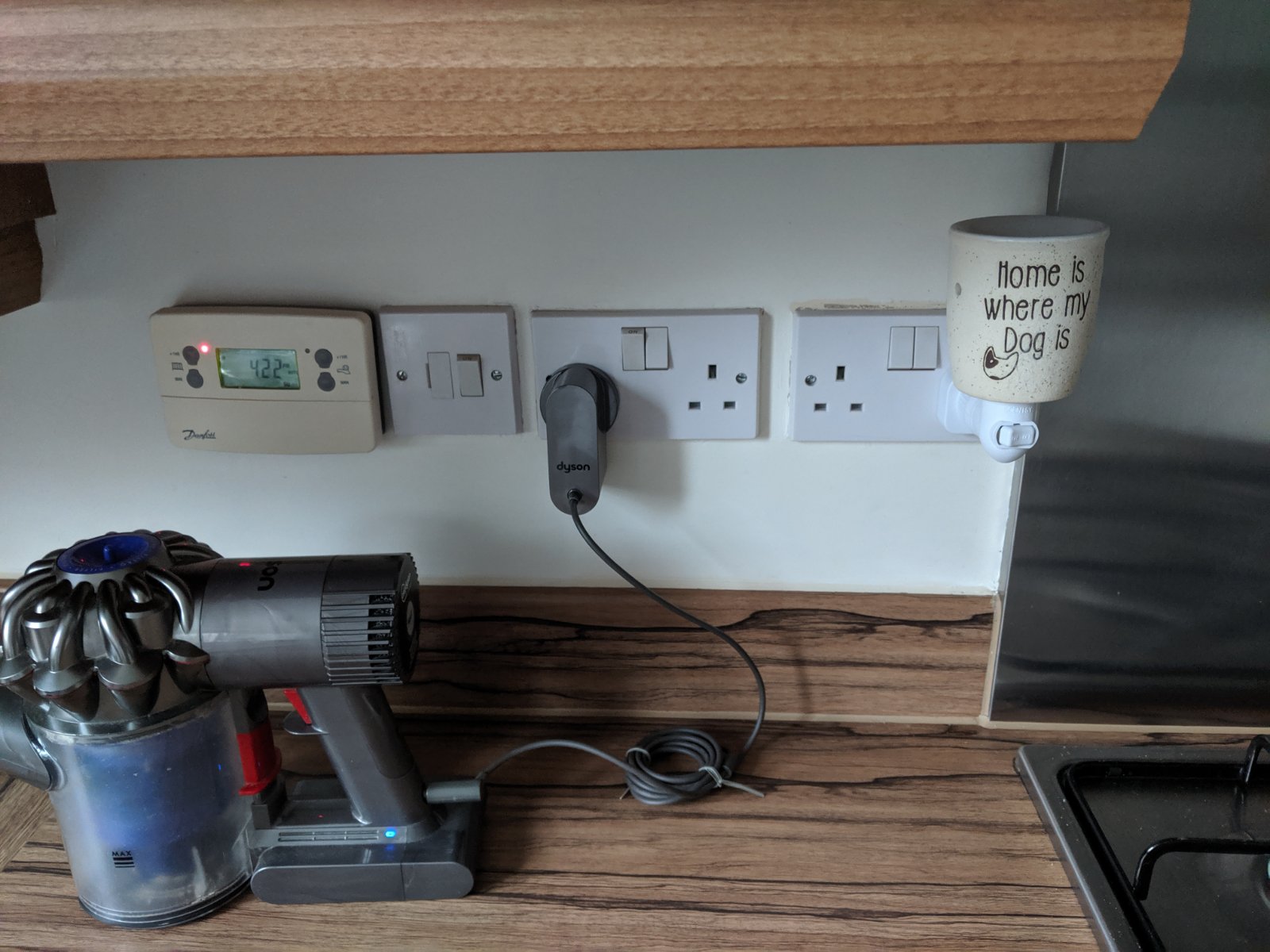Why are you so worried about these sockets?
There was nothing wrong before you started changing things - now you’ve changed something that had a tiny chance of causing any issue into something definitely dangerous.
If you’re going to post asking for advice, then at least follow it and put everything back as it was - or better get an electrician in to sort it out.
I'm listening calm down that's the reason I posted as I was unsure.
I got told to remove the plug near to the hob as it could be dangerous which had me worried,plus I knew what the previous owners handywork was like
What I don't understand is as he's added that plug socket in before surely there wouldn't have been the extra 3 cables going into the new socket


